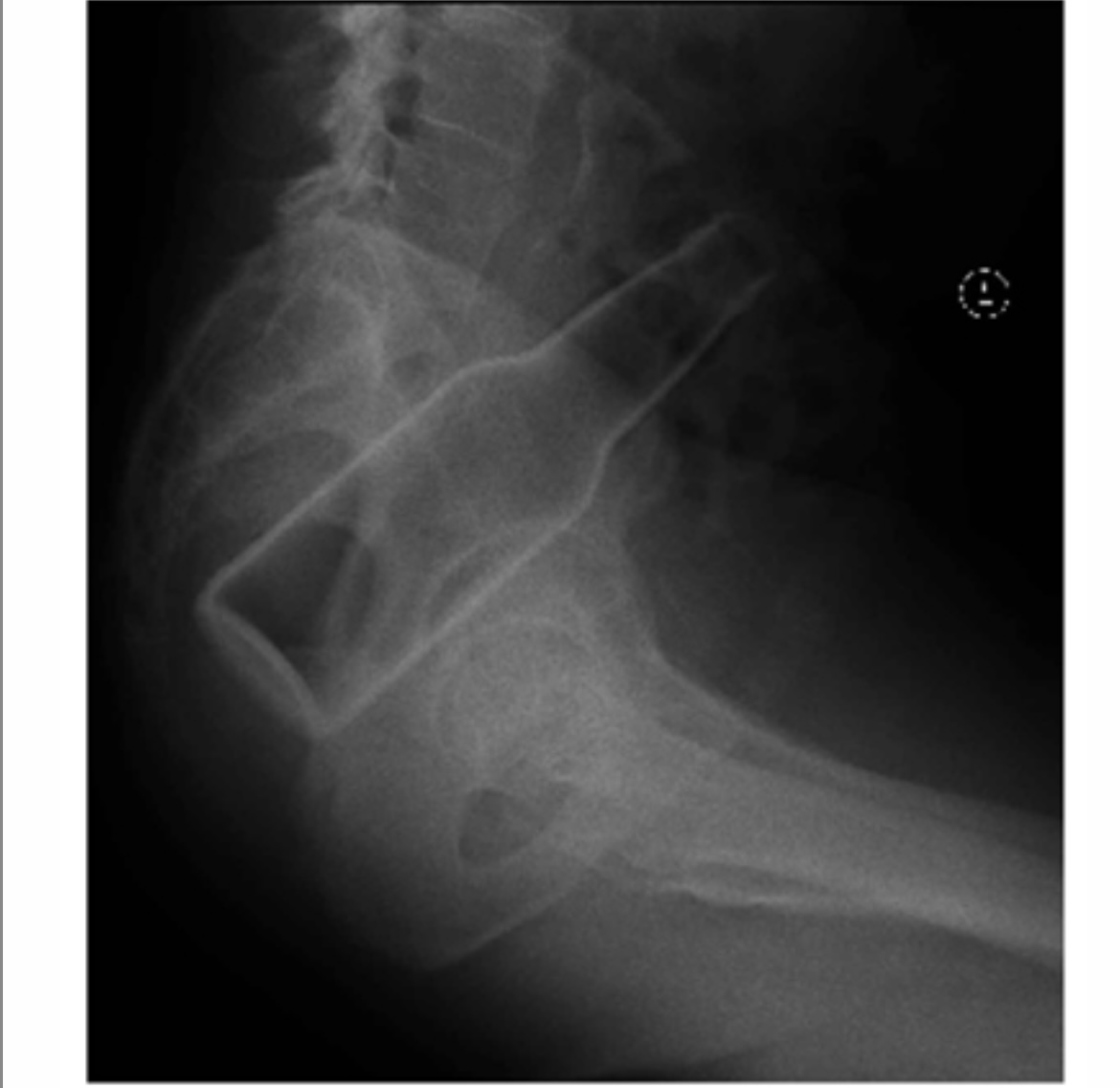What is Polyembolokoilamania?

Polyembolokoilamania is a rare and often deeply private behavioral condition in which individuals compulsively insert foreign objects into body openings such as the urethra, rectum, vagina, or other accessible orifices. While the term is not yet formally standardized across diagnostic manuals like the DSM-5 or ICD-11, the behavior itself represents a serious clinical and psychiatric concern.
What makes this condition particularly challenging is not just the behavior but the intense secrecy, stigma, and emotional distress that surround it. Most cases come to medical attention not because the individual seeks help, but because an injury, infection, or medical emergency forces intervention.
How It Presents: Symptoms and Clinical Features
The hallmark of Polyembolokoilamania is the repeated insertion of non-medical objects that ranges from small household items like batteries or pens to wires, stones, or even improvised tools. However, clinicians often identify the disorder only after complications occur.
Psychological and Behavioral Indicators
- Repetitive and Persistent Insertion Behavior: The act is rarely isolated. Patterns of repetition and escalation are common.
- Secrecy, Shame, or Embarrassment: Individuals often delay seeking help, leading to preventable medical emergencies.
- Intrusive Thoughts or Compulsive Urges: The behavior may feel irresistible or anxiety-relieving.
- Sexual Motivation in Some Cases: For some, the act may be linked to fetishistic arousal.
- Psychotic or Delusional Elements: In a minority of cases, the act is driven by hallucinations or fixed false beliefs.
Physical and Medical Presentation
Because the objects are inserted into sensitive areas, a wide range of physical symptoms may emerge:
- Genitourinary Injuries: Pain, difficulty urinating, blood in urine, infections, strictures, or perforation.
- Gastrointestinal Complications: Rectal bleeding, constipation, abdominal pain, infection, obstruction, or peritonitis.
- Gynecological Impacts: Abnormal discharge, tissue damage, infection, bleeding, or fistula formation.
In severe cases, delayed treatment can be life-threatening.
Why Does It Happen? Exploring Underlying Causes
Polyembolokoilamania rarely occurs in isolation. It is often a manifestation of deeper psychological, neurological, or emotional conditions.
Potential Contributing Factors
- Mental Health Disorders
- Schizophrenia or Psychosis: Driven by delusions or command hallucinations.
- Obsessive-Compulsive Disorder: Used to relieve anxiety or neutralize intrusive thoughts.
- Mood Disorders: Seen in context of dysregulation or impulsivity.
- Neurodevelopmental Conditions
- Individuals with intellectual disabilities may engage in insertion behaviors due to impaired judgment or self-injury patterns.
- Paraphilic Interests
- For some, the object becomes essential for sexual arousal (known in some literature as embolismophilia).
- Trauma and Repetition Compulsion
- Survivors of sexual abuse may unconsciously reenact aspects of trauma as a means of control, numbness, or coping.
- Impulse Control Difficulties
- Conditions such as Borderline Personality Disorder or substance misuse may lower inhibition and increase risk-taking.
Diagnosis and Treatment: A Multidisciplinary Approach
Treating Polyembolokoilamania requires addressing both the immediate medical crisis and the long-term psychological drivers.
1. Immediate Medical Management
This is often the first and most urgent step.
- Diagnostic Imaging: X-rays, CT scans, or ultrasound help identify the object’s size, location, and any associated damage.
- Non-Invasive Removal: Endoscopic procedures like cystoscopy or colonoscopy are preferred when safe.
- Surgical Intervention: Required when the object is sharp, embedded, or causing complications like perforation.
- Infection Prevention: Antibiotics are commonly administered due to the high infection risk.
Prompt, compassionate treatment is essential to reduce physical harm and protect dignity.
2. Long-Term Psychiatric and Psychological Care
Once stabilized, psychiatric care becomes essential to reduce recurrence.
A. Medication
- SSRIs: Used particularly when compulsive or obsessive features are present.
- Antipsychotics: Helpful when delusions or hallucinations drive the behavior.
- Mood Stabilizers: Considered when mood dysregulation or impulsivity plays a role.
B. Psychotherapy
Therapeutic engagement is often slow due to shame, fear of judgment, or trauma history, but it is central to recovery.
Effective modalities include:
- CBT (Cognitive Behavioral Therapy):
Helps identify triggers and restructure maladaptive beliefs. - Exposure and Response Prevention (ERP):
Reduces compulsive urges in OCD-driven cases. - Trauma-Focused Therapies (e.g., EMDR):
Beneficial when trauma is a root contributor. - DBT (Dialectical Behavior Therapy):
Useful for individuals struggling with impulse control and emotional regulation.
The Importance of a Compassionate Lens
Polyembolokoilamania is not merely a physical act but it is a behavioral expression of deeper unmet emotional, psychiatric, or neurobiological needs. Judgment, ridicule, or punitive responses risk driving the behavior further underground, increasing physical and psychological harm.
A respectful and therapeutic approach, the one that acknowledges the complexity and vulnerability beneath the behavior is essential.
Conclusion
Polyembolokoilamania represents a rare intersection of medical emergency, psychological distress, trauma, and behavioral compulsion. Its management requires a coordinated, empathetic, and multidisciplinary approach for treating both the visible harm and the unseen emotional wounds.
With early detection, compassionate care, and ongoing mental health support, individuals affected by this condition can move toward safety, stability, and healthier coping strategies. The path may be gradual, but with the right support, recovery is possible.



Comments (0)